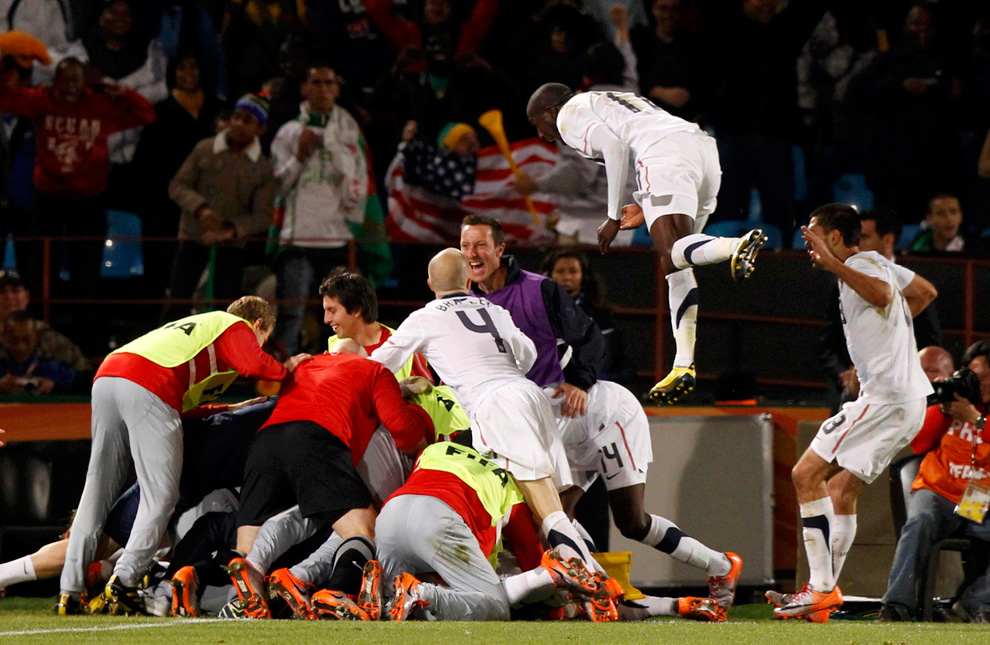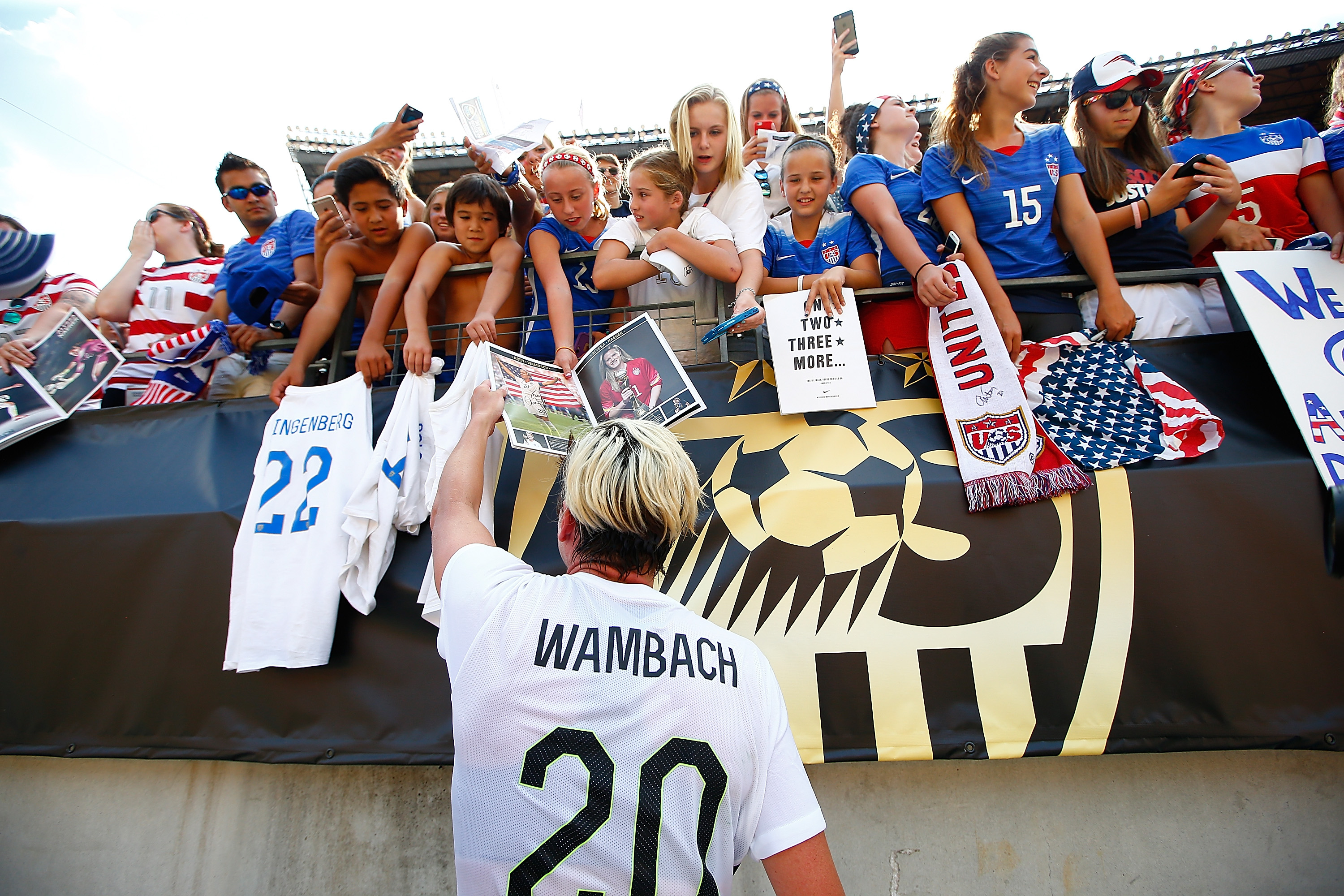Last season, Leicester City made fewer changes than anyone and won the Premier League. This year the same can be said about Chelsea. But you know what also can be said about both clubs? Neither of them had to make any changes!
Last season Leicester made fewer changes than any side: won league. This season Chelsea have made fewest: top of league. Rotation sucks.
— Gary Lineker (@GaryLineker) January 4, 2017
Oh Gary. For such a wise pundit how could you say something so stupid?
Leicester and Chelsea were able to get away without making many changes for two reasons. The first is that neither team got bit by the injury bug, which can plague anyone, while the second is that neither team had to worry about an overcrowded schedule due to European commitments that would have required a bigger squad.
However, we shouldn’t let that distract us from the bigger point here. Somewhere in the past few years, we blurred the lines between squad rotation and resting players. We made them the same thing when in fact they are most certainly not.
There is a big difference between squad rotation and resting players. If done correctly, squad rotation can in fact lead to well rested players, but if not, can lead to problems.
Let’s go back to the late oughts and look at two managers; Manchester United’s Sir Alex Ferguson and Liverpool’s Rafa Benitez. Both managers employed similar policies when it came to their squads and that was rotation. Both managers rarely started the same XI in consecutive matches but it was the results of the team that affected how the media covered them.
Since Benitez’s Liverpool always underachieved, his policy of ‘squad rotation’ always came under criticism. Meanwhile Sir Alex Ferguson went 165 games from late 2008 until March 11, 2011 without naming an unchanged starting XI. In that time, he won two Premier League titles, the Champions League, the FIFA Club World Cup, the League Cup, made another Champions League final and went on to win the Premier League and make the Champions League final in 2011. The media never said a peep about his lineups.
In today’s game, squad rotation has come to mean that a manager has a starting XI that he runs out there every game. Then every so often, usually in a cup match, he’ll make anywhere between five and nine changes to the team to “rotate the squad.” That isn’t rotating the squad, that’s simply giving all your players a game off.
Sir Alex Ferguson used to actually rotate his squad. Every game there was a change, not five or six of them, but one or two. Look at his 2008 team. There were certain players like Wayne Rooney, Cristiano Ronaldo and the back four that would play every game if they were fit, but in central midfield Ferguson would throw out a different pair of midfielders in nearly every game. One day it would be Michael Carrick and Paul Scholes, the next day Carrick and Owen Hargreaves. Every so often he’d throw Darren Fletcher out there. It was an actual rotation.
He did the same thing on the wings. Hell, his 1999 treble winning team had four strikers. That’s a lot of strikers even when you’re playing a 4-4-2 formation. But Fergie would rotate through all of them, giving all of them plenty of matches but also ensuring that United would always be using fresh players.
That’s one of the biggest reasons United had success for such a long time. Nobody had a guaranteed spot on the field. You had to perform to maintain it, but even if you were performing, no one, not even Ronaldo, was undroppable for a game just to give them a break. United always had piles of energy and that would show late in games, which is why United so often scored late in games.
The irony of course is that Jose Mourinho, the manager who would prefer to work with a smaller squad and never rotate it, is now the manager that rotates his squad more than anyone, especially on the wings.
These days, squads are much smaller. The drop off between a teams first choice player and the reserve is greater than it’s ever been. Positions have become so specialized and squads much smaller most managers don’t have interchangeable players.
And that’s how we get to where we are now. Managers trot out the same 11 players every game. The gap between the starters and bench players grows. Eventually they make seven or eight changes before a cup match and everyone thinks they’re mailing it in, which they are, because they’re not actually rotating their squads Mr. Lineker, they’re simply giving everyone a break.






